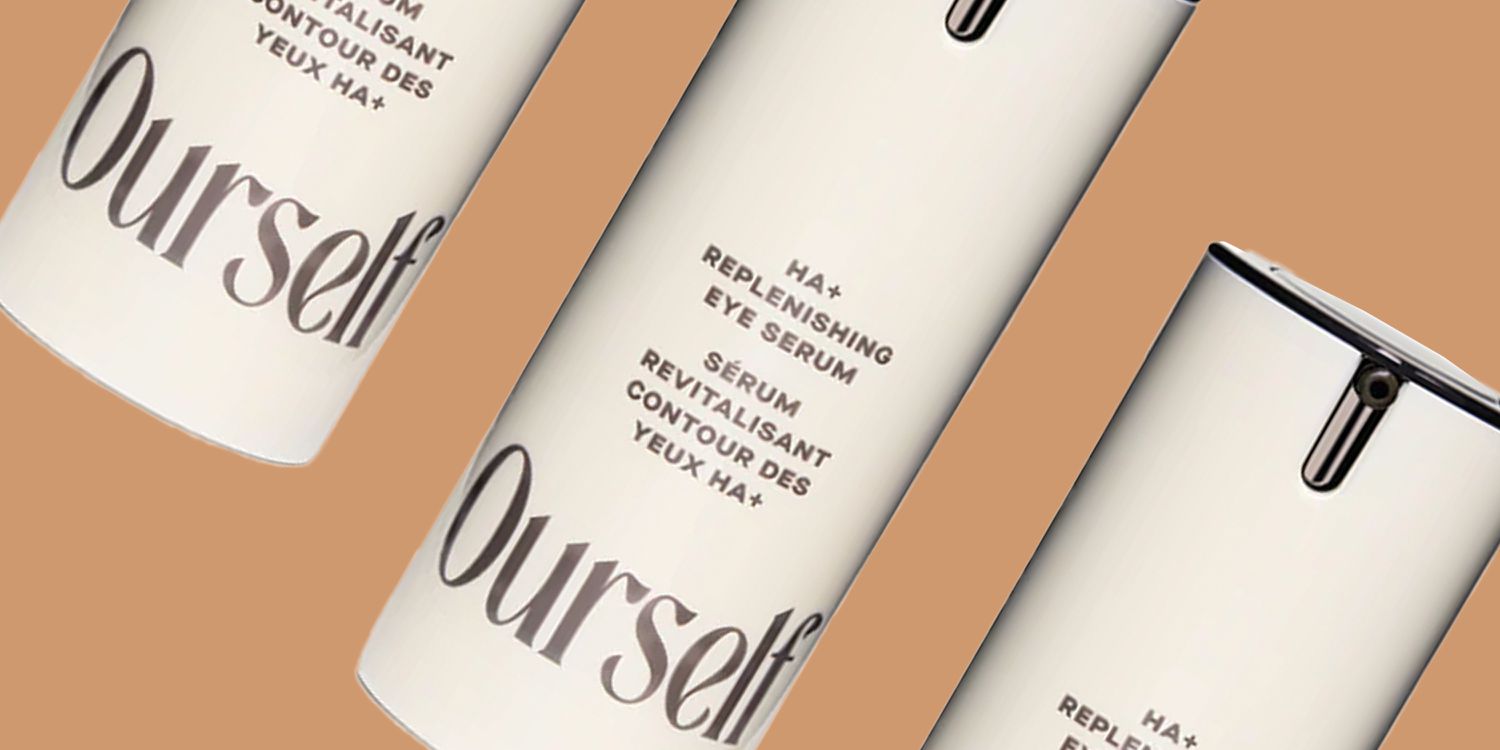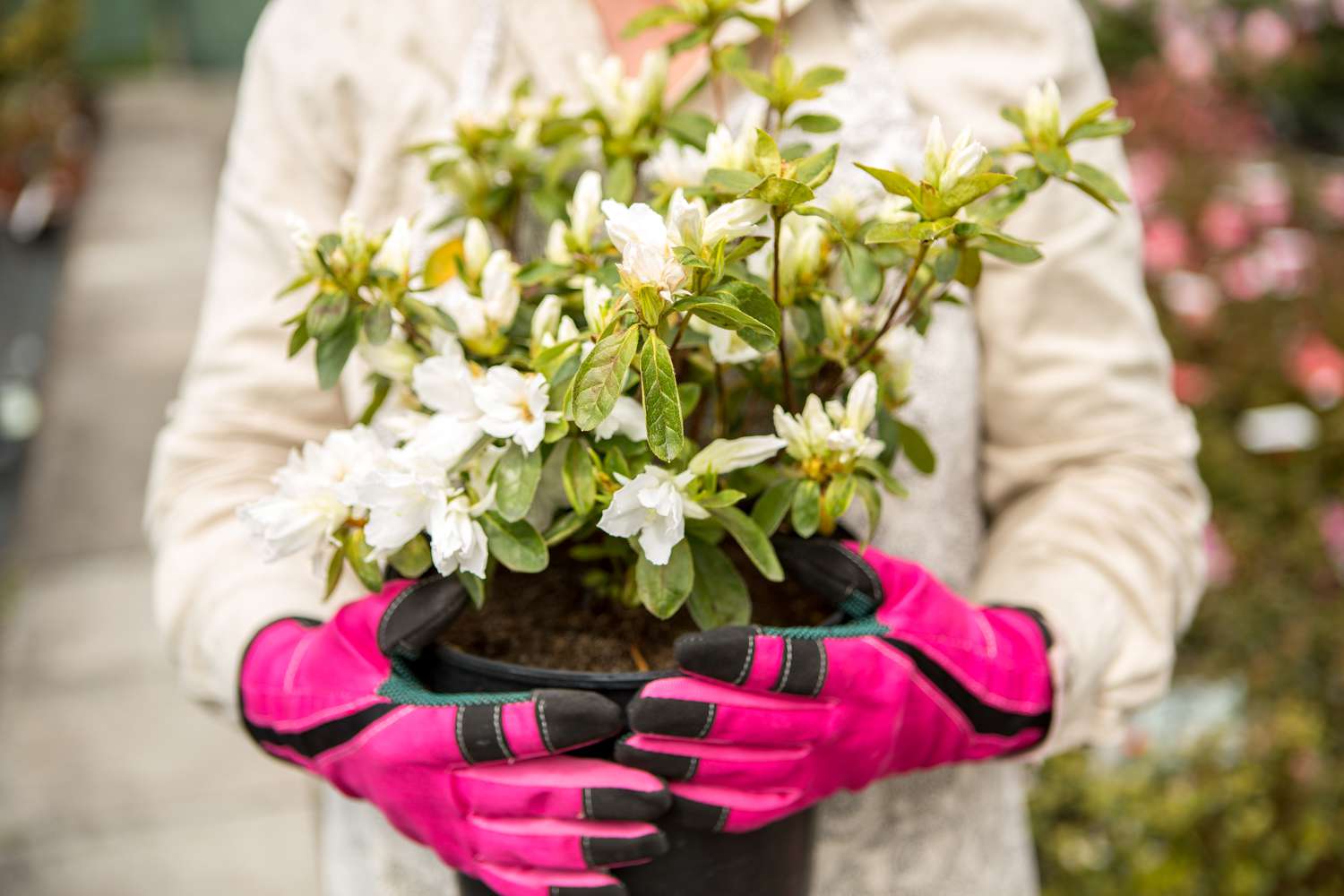
10 Plants to Grow with Zinnias for a Pollinator Friendly Garden
Most growers plant zinnias in ornamental gardens or pots and harvest the blooms for cut flowers and bouquets. However, zinnias are multi-purpose plants that can also be companion-planted with veggies and herbs to increase harvest yields, distract pests from more vulnerable crops, and entice pollinators and beneficial insects to visit garden beds. As a bonus, zinnias grow better if you plant them near the right zinnia companion plants.
Tomatoes
Zinnias and tomatoes both love lots of sun and rich soil, but that’s not the only reason to grow these plants together. Zinnia flowers can encourage more bees to visit tomatoes, which increases pollination rates and harvest yields. Zinnias also readily attract hoverflies and parasitic wasps that feed on aphids and other tomato pests.
Melons
Carson Downing
Honeydew, cantaloupe, watermelons, and most other melon plants must be pollinated by insects to ensure they fruit well and produce a large harvest of tasty melons. When there aren’t enough pollinators around, gardeners often have to painstakingly hand-pollinate melon flowers. You can avoid this extra work and ensure your melon plants are pollinated by steering clear of pesticides and growing bee-friendly zinnias near your melon patch.
Herbs
Robert Cardillo
Zinnias get along with most herbs, but they grow particularly well beside tender-stemmed herbs, like dill, basil, and parsley. These plants all love moist soil and full sun, and they’re small enough to grow in garden beds or roomy pots beside flowering zinnias. Best of all, fragrant herbs keep destructive insects away from zinnia flowers, and zinnias return the favor by attracting predatory insects that feed on herb pests.
Calendula
Andy Lyons
Marigolds are often companion planted with zinnias and vegetables to increase pollinator activity in veggie gardens, but calendula plants also grow well with zinnias, and they can be used like marigolds to attract beneficial insects and make gardens more resistant to pests. On top of that, sunny orange-yellow flowers complement the brilliant pinks and purples of zinnia blooms beautifully, and these two plants are often used together in bouquets or cottage garden designs.
Cucumbers
Like melons, most cucumbers need to be pollinated by insects to yield a large harvest of cukes. The good news is that growing cucumbers near zinnias can naturally entice butterflies, bees, and other beneficial bugs into your garden and boost pollination rates and cucumber harvests. To prevent zinnias from getting swamped by trailing cucumber vines, trellis vining cucumbers on sturdy cattle panel trellises or grow bush-type cucumber varieties, like ‘Bush Champion’.
Dahlias
Zinnias and dahlias have a similar look and feel in the garden, and many growers swap out fussier dahlias for lower-maintenance zinnias to make flower beds easier to care for. However, these two blooming beauties grow surprisingly well together in flower beds, and interplanting dahlias with zinnias can add more color to your garden and extend your flowering season. Remember that most zinnias are annuals, while dahlias can grow perennially if you live in a warm area or overwinter your dahlia tubers indoors.
Legumes
Bob Stefko
Beans, peas, and other legumes get along with most other garden plants, and zinnias are no exception. Not only do legumes and zinnias have similar care needs, but legumes can also help zinnias grow better by naturally enriching the soil with their nitrogen-fixing roots. As with cucumbers, it’s best to choose bush-type legumes, like ‘Jade Bush’ beans, or train beans and peas on sturdy trellising to keep vining legume plants from crowding out zinnias.
Squash and Zucchini
Kindra Clineff
Like cucumbers and melons, squash and zucchini plants need pollinators to fruit, and they’re much more prolific with bee-friendly zinnias around. Plus, pairing zinnias with squash and zucchini can attract beneficial insects, like parasitic wasps, ladybugs, and lacewings, to gardens. These voracious predators happily tackle a wide range of cucurbit pests, including aphids and squash vine borers—all without pesticides.
Cosmos
Carson Downing
Companion planting zinnias with easy-going cosmos just makes sense. These two plants have similar growing needs: they’re both annuals, they sprout readily from seeds, and the fantastic colors of zinnia and cosmos flowers complement each other’s look in the garden and bouquets. For best results, select zinnia and cosmos varieties that are similarly sized, or locate lower-growing varieties toward the front or south side of your garden to ensure shorter plants aren’t overshadowed by their taller neighbors.
Peppers
Whether you’re interested in growing mild bell peppers or fiery hot chilis, pairing pepper plants with zinnias can help you grow bigger and better pepper harvests. Even though most peppers are self-pollinating, studies have found that pepper plants produce more fruit if they’re pollinated by insects, which can be lured in by zinnia flowers. Like zinnias, peppers are also small space friendly.










